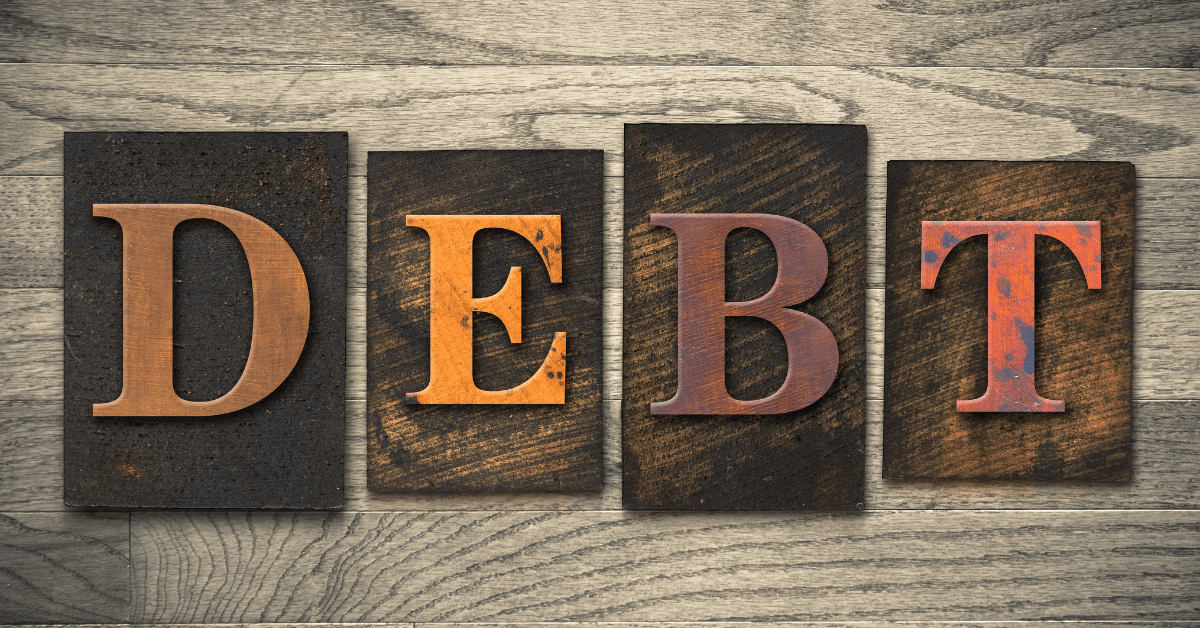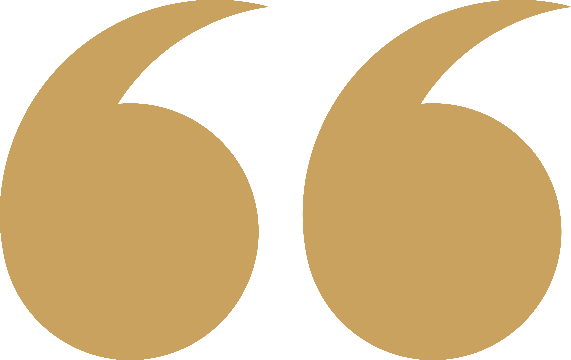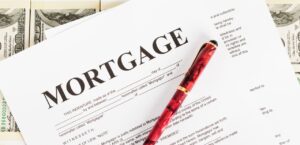For individuals and businesses, certain types of debt can enable major opportunities otherwise financially out of reach today. But debt must be approached thoughtfully, not recklessly. By comprehending types of debt and borrowing selectively, debt can empower rather than burden.
What is Debt?
While debt serves important purposes, taking on too much debt or using it irresponsibly can lead to financial distress. Defaulting on debts damages credit scores and invites collection harassment. In severe cases, excessive debts can even force people into bankruptcy.
Major Types of Debt
Secured Debt
However, secured debts come with risks. Defaulting could lead to losing the home through foreclosure, or having vehicles, boats, or other assets repossessed. While secured debt carries lower interest rates, borrowers must be comfortable with the possibility of the lender taking their property if they fail to repay.
Some of the most common types of secured debt include:
- Mortgages – The loan to purchase real estate, with the property itself serving as collateral.
- Auto loans – These loans finance vehicle purchases, with the car or truck as the collateral asset.
- Home equity lines of credit – These “second mortgages” allow accessing equity built up in a home. The home serves as collateral.
- Margin investing – Brokerage accounts extended credit for trading on margin are secured by the investment portfolio.
Unsecured Debt
Unsecured debt does not require collateral to guarantee repayment. Without that backstop, lenders face higher risks of default. To compensate, interest rates are generally higher compared to secured debt.
While unsecured lenders cannot seize collateral upon default, consequences still exist. Missed payments hurt credit scores, limiting access to additional credit and increasing costs. Debts can be sent to collections, inviting harassment from agencies demanding repayment. In some cases to try and recover balances owed.
Some common unsecured debts include:
- Credit cards – The prototypical unsecured debt allows borrowing against a revolving credit line. No collateral involved.
- Medical debt – Money owed to hospitals, doctors, and other medical providers. No assets are attached.
- Payday loans – High interest short term loans without collateral that trap many borrowers in debt spirals.
- Student loans – Education debt is very difficult to discharge, but no assets are attached.
Personal loans – Unsecured installment loans for a variety of uses from banks and online lenders.
While unsecured debt will not directly put assets at risk, responsible usage and repayment is still critical for maintaining access to credit and strong finances.
Key Differences: Secured vs. Unsecured Debt
The main differences between secured and unsecured debt come down to interest rates, risk, and collateral:
- Interest rates – Secured debt offers lower interest rates, while unsecured rates are higher.
- Risk – Secured lenders face less risk thanks to collateral assets backing the debt. Unsecured lenders take on higher default risk.
- Collateral – Secured debt requires pledging an asset as collateral. Unsecured has no assets attached or seized in case of default.
In determining which type of debt to utilize, borrowers must weigh the advantages of lower interest rates against the risks of losing pledged assets for secured loans. Similarly, the higher costs of unsecured loans must be evaluated against their flexible non-collateralized structure.
Revolving Debt vs. Installment Debt
A further debt distinction exists between revolving debt and installment loans.
Revolving debt involves a credit line with a borrowing limit that can be used, repaid, and reused. Credit cards are the most common revolving loan, with a credit limit that refreshes as balances are repaid.
Installment debt provides an upfront fixed amount, which is then repaid over a set schedule with predictable payments. Auto loans, mortgages, and personal loans are common installment debts.
The flexibility of credit cards and other revolving debt enables convenience and accessibility. However, temptation to overspend combined with carrying balances can lead to mounting interest charges.
The flexibility of credit cards and other revolving debt enables convenience and accessibility. However, temptation to overspend combined with carrying balances can lead to mounting interest charges.
Installment loans provide structured repayment schedules that help with budgeting. However the fixed amounts and terms provide less flexibility compared to revolving credit lines.
Evaluating spending habits and financial discipline can help determine whether revolving or installment debts (or a combination) fit best for an individual’s circumstances.
Best Practices for Paying Down Debt
For those currently facing significant debts, developing an action plan focused on repayment and discipline can help get back on the path to financial freedom. Here are some tips for:
- Make at least the minimum payment on all debts every month to avoid penalties and hits to credit scores. Keep accounts current while working to pay down balances.
- Funnel any extra money after basic expenses to pay down high interest debts first. Credit cards and other revolving debts tend to have the highest rates.
- Avoid taking on new consumer debts when focused on paying current ones. Adding more credit card balances or loans will only delay progress.
- Research options like balance transfers to a new 0% APR credit card or debt consolidation loans to reduce interest costs. These moves allow redirecting money toward paying down principal balances quicker.
- Create a detailed budget tracking all income and spending to identify areas that can be reduced to put more toward debt repayment. Monitoring cash flow helps greatly.
- If debts feel overwhelming do not hesitate to seek assistance from reputable nonprofit credit counseling services. They can provide customized management plans and even negotiate reduced interest rates or settlement offers.
Staying organized, developing the right strategy, and avoiding temptation for new debts can help anyone regain financial stability and pay down balances.
Debt allows accessing important opportunities, such as higher education, real estate, or operating a business. However, misusing debt through overspending and lack of discipline can lead to financial distress. By understanding the differences between secured and unsecured debts, revolving and installment options, and utilizing best practices, borrowers can strategically leverage debt while minimizing associated risks.
Used judiciously and managed responsibly, debt can be a very useful financial tool over the course of life. Maintaining diligence and discipline is critical to ensure debts remain productive and affordable based on individual circumstances.







